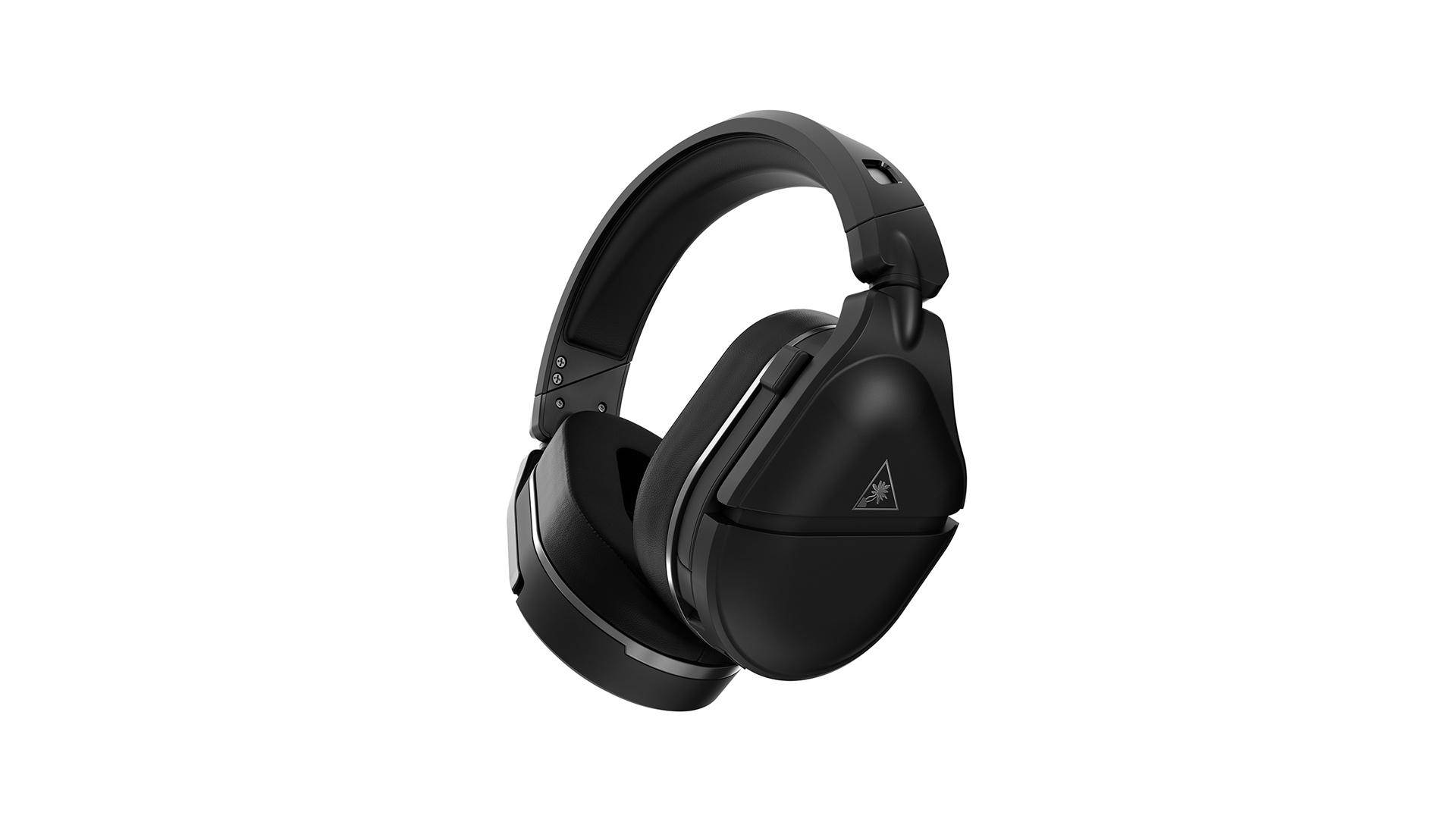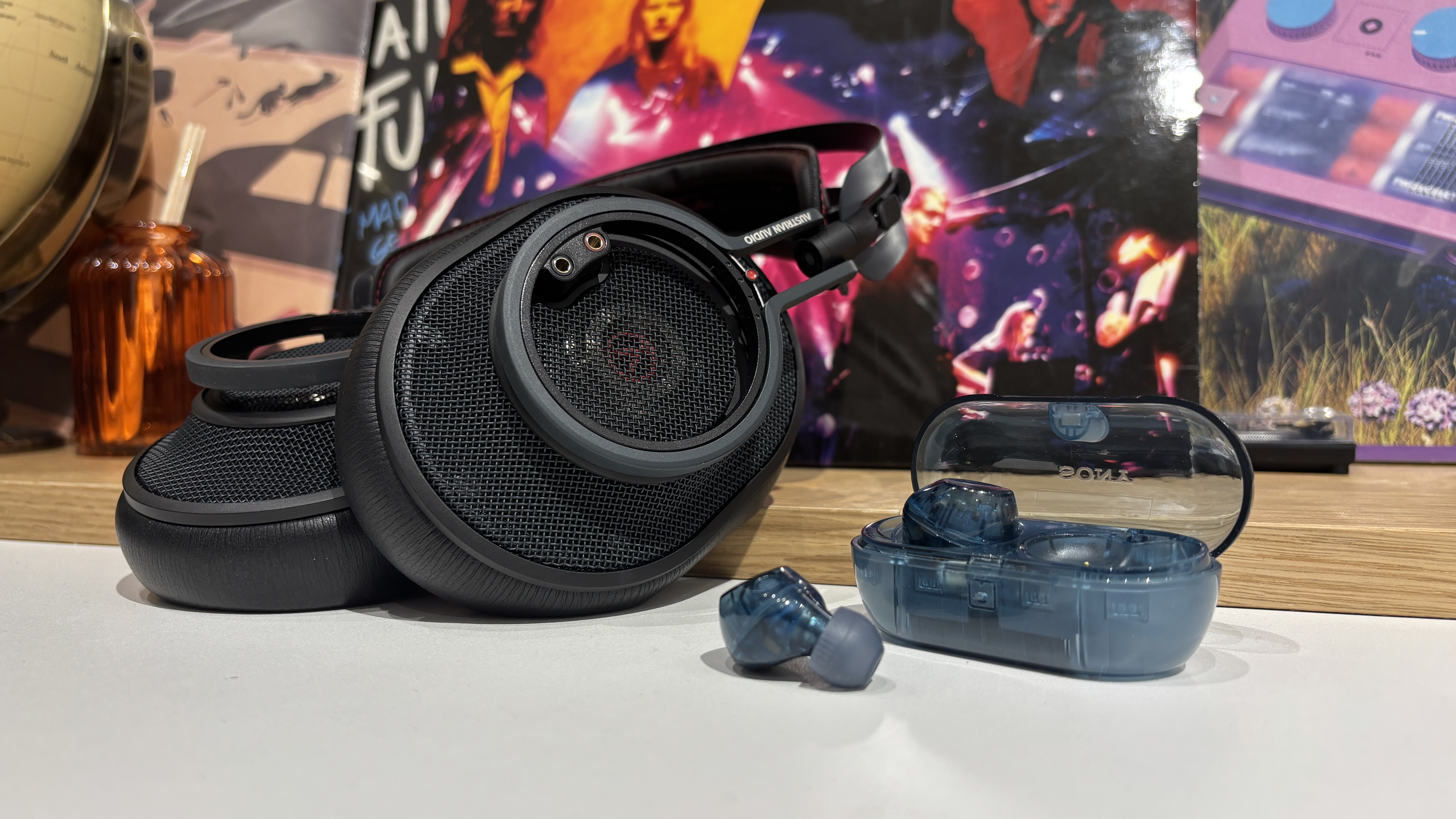What Hi-Fi? Verdict
A couple of neat features aside, Turtle Beach’s take on PS5 3D Audio is disappointingly lackluster – the official Pulse headset does it better for less
Pros
- +
Bluetooth as well as console audio
- +
Good directionality to sound
- +
Fold-away stalk mic
Cons
- -
Fuzzy and compressed-sounding
- -
Lack of punch and dynamics
- -
More expensive than Pulse headset
Why you can trust What Hi-Fi?
The PS5’s 3D Audio is a great feature for extra gaming immersion, and it’s one that you can take advantage of by simply plugging a pair of standard wired headphones into the DualSense controller. Until recently, though, the only way to experience it via wireless headphones was to buy Sony’s own official headset (assuming you could find stock of it).
That’s now changed, and a number of 3D Audio-compatible headsets are available from a number of manufacturers, including the well regarded Turtle Beach. The Stealth 700 Gen 2 is the successor to one of the company’s best-selling headsets, with added support for next-gen consoles. We’re testing the PS5 version (which is also compatible with the PS4 and Nintendo Switch), but there’s also an Xbox Series X/S (and One) version. Both also have built-in Bluetooth for use with various other sources such as phones and tablets.
The kicker is the cost – you’ll need to spend about £40 ($50, AU$70) more to get the Stealth 700 Gen 2 headset over Sony's official Pulse model and, on sound terms, it doesn’t justify that extra outlay.
- Gaming headsets vs headphones: which should you buy?
Design
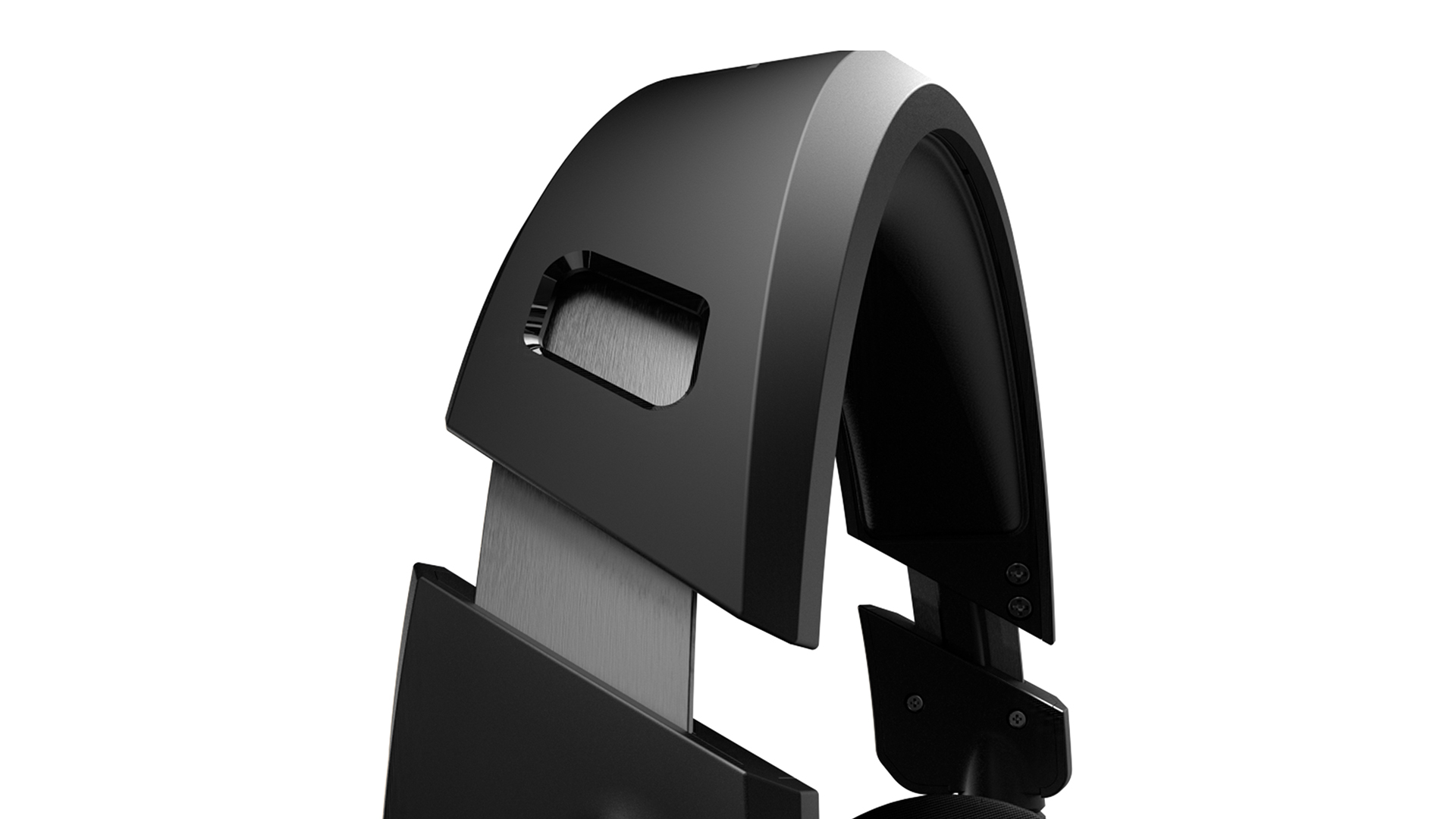
This is a big, chunky headset, but it eschews the lurid colours of models of old in favour of a more discreet black and silver finish. A small Turtle Beach badge is on each ear cup, but only gamers will know what it is – to the uninitiated, this will just look like a standard pair of headphones. Those people will also likely not realise that the Stealth 700 Gen 2 has a stalk mic, so well hidden is it when folded away.
Somehow, the headset manages to feel a bit too heavy on the head but also quite cheap in the hands, with an overabundance of unimpressive plastic. The ear cushions are nice, though – thick and very cushioning, but with good breathability and even a layer of cooling gel to help ensure that your ears never get too hot or uncomfortable. They create a reasonable seal, too, naturally blocking out a little bit of external noise.
Positioned around the edge of the left-hand ear cup are various controls for the likes of power, switching between sound modes and adjusting volume. At first you’ll need to take the headset off to find the button or dial that you’re after, but it doesn’t take long for the position and feel of each to become ingrained.
Features
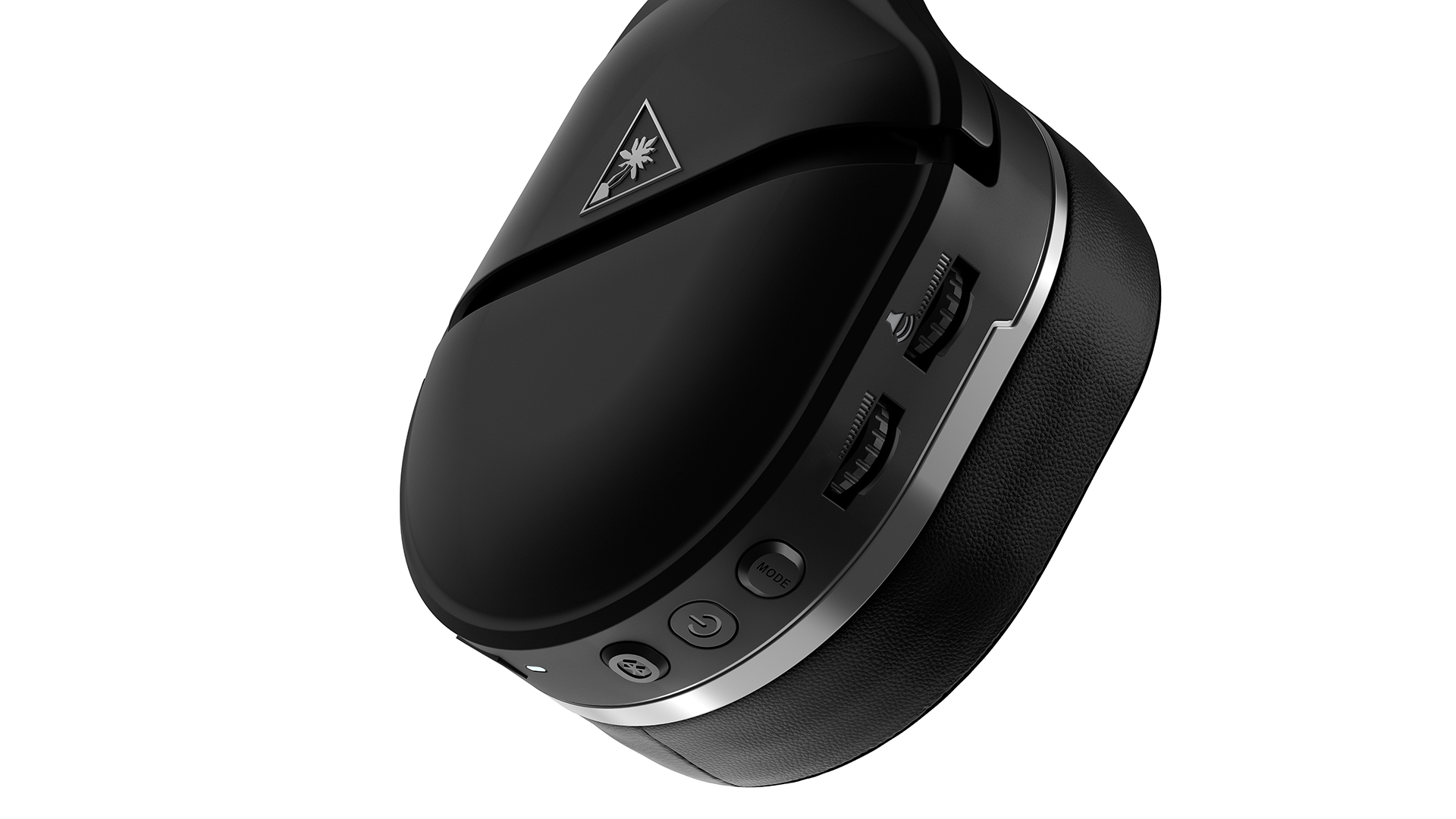
As with the official PlayStation Pulse headset, the Turtle Beach Stealth 700 Gen 2 connects to your console via a little USB dongle. But, unlike the Pulse headset, the Stealth 700 also has Bluetooth. That’s a surprisingly handy feature, not only because it allows you to use the headset as a standard pair of headphones when out and about, but also because you can be connected to your phone and console simultaneously, so you don’t have to remove your headset in order to consult a YouTube video while you’re gaming.
When connected to your phone, you can also change the headset’s settings using the Turtle Beach Audio Hub app. Here you can adjust the level of the Mic Monitor (how much you can hear your own voice through the cans), switch the functionality of a couple of custom controls, and switch between sound profiles.
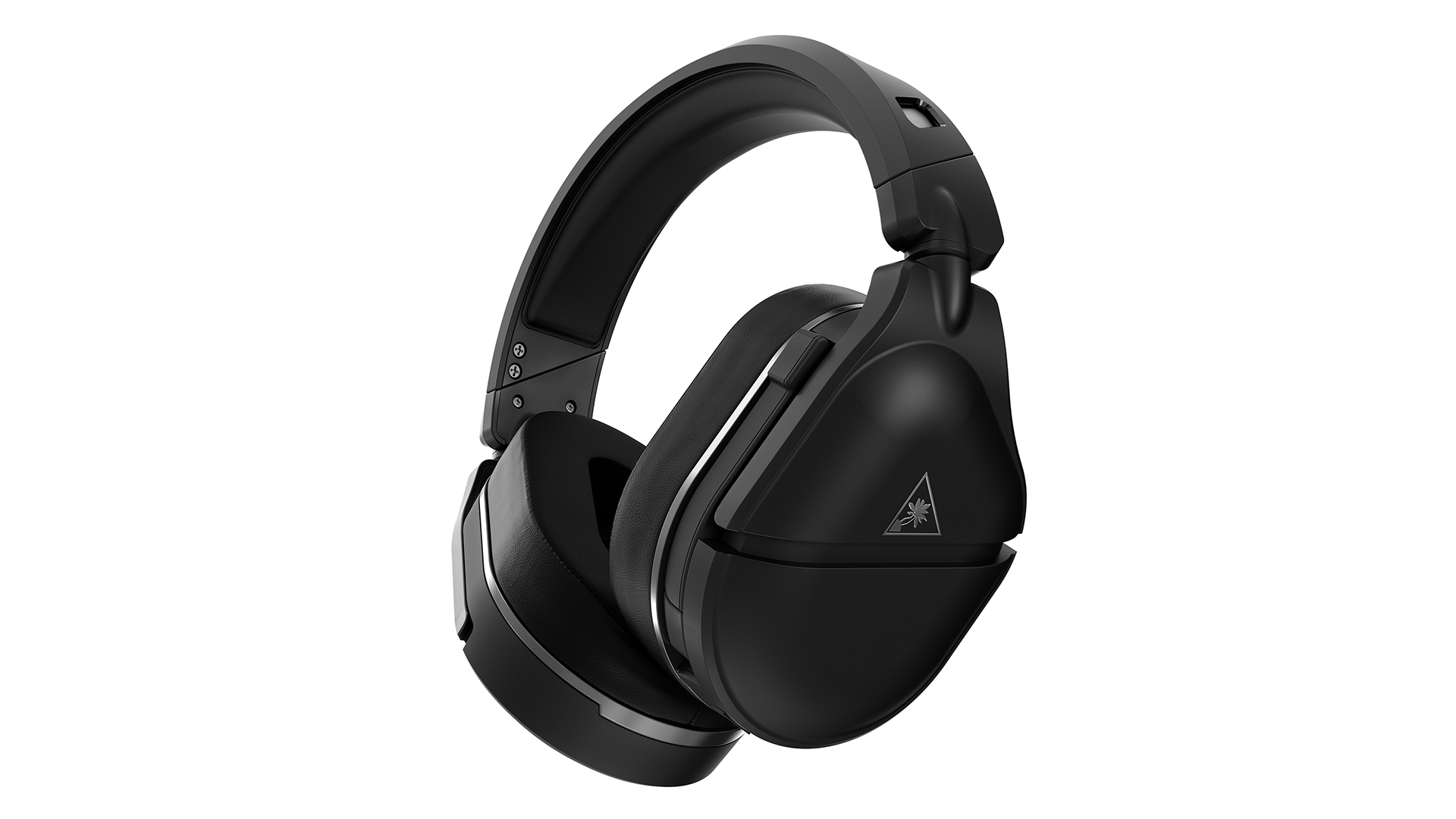
Compatibility PS5, PS4, Nintendo Switch, Bluetooth
Wired No
Wireless Yes (via dongle for console)
Surround sound Yes (PlayStation 3D Audio)
Battery life 20 hours
Weight 453g
Truth be told, once you’ve set the Mic Monitor to a level you’re happy with there’s little reason to use the app again, and the different sound profiles aren’t really worth your time as they amount purely to artificial boosts to different parts of the frequency range. Sticking with the default Signature Sound is your best bet. The so-called Superhuman Hearing mode sounds horrible, too, although some try-hards might be willing to put up with that for the apparent slight advantage it can confer in multiplayer shooters.
The headset battery lasts for around 20 hours, and charging via USB-C is quick and easy. Voice feedback lets you know how much juice is in the tank when you switch the headset on, and keeps you informed of the status of your connections, but you don’t get the pop-up info on the PS5’s screen that you do when using the Pulse headset.
The stalk mic is a big advantage for the Stealth 700 Gen 2 over the Pulse, though, not in terms of how clearly it picks up and transmits your voice (squadmates report that there’s little difference in vocal clarity between the two), but because it picks up far less background noise than the essentially invisible microphones of the Pulse headset. This will be a big deal for those who tend to game while others are in the room.
Sound
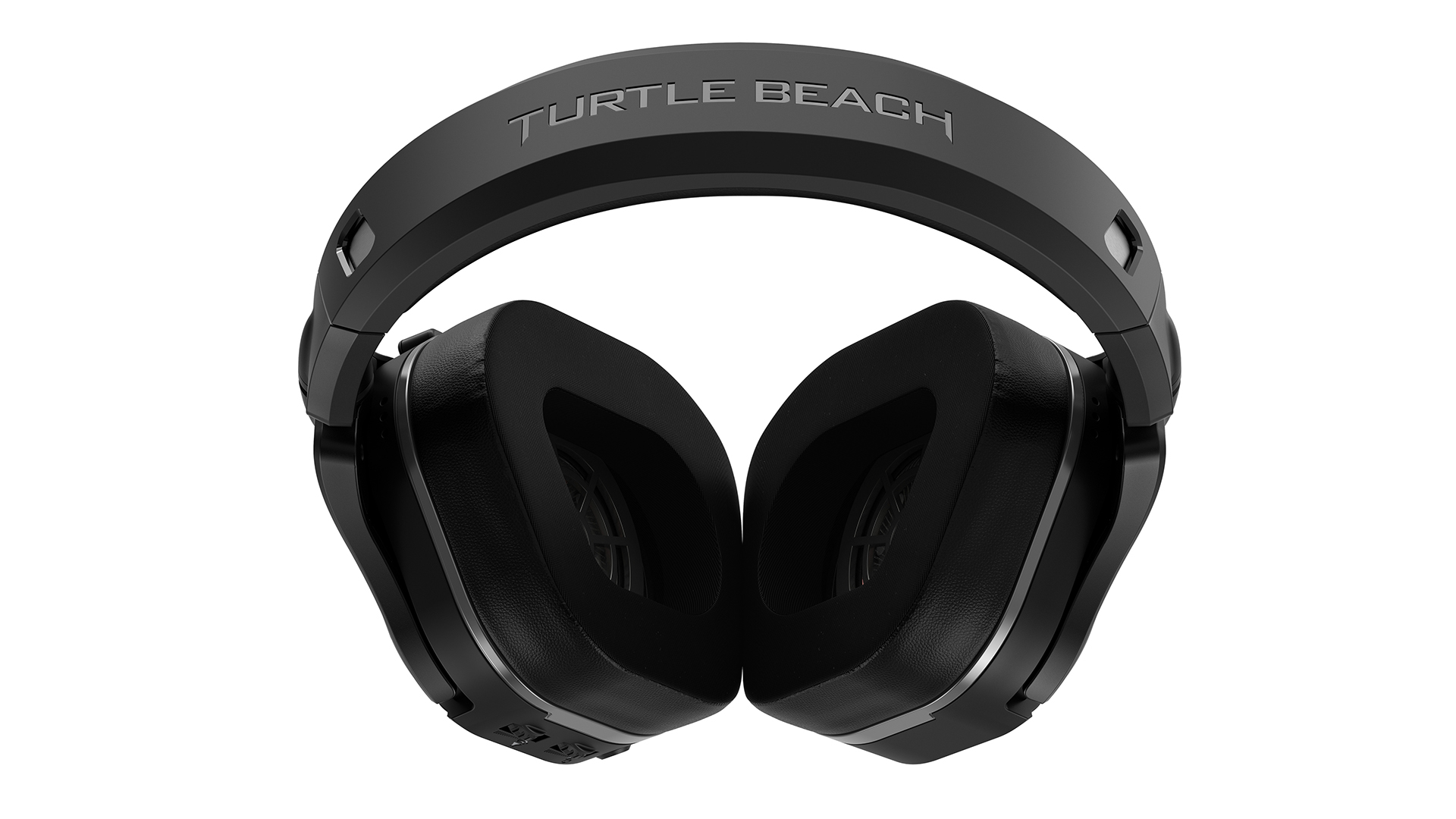
Straight out of the box, the Stealth 700 Gen 2 sounded like a one-star headset. The amount of fuzz and distortion to the sound was truly awful, making it almost impossible to assess any other factors. Thankfully, a software update (applied via computer) has made a huge difference, and it is now possible to get a better sense of the headset’s overall merits.
That said, the fuzz hasn’t completely disappeared – it’s inaudible most of the time, but there are occasions that it intrudes once more, such as when your ship dives towards a planet in Destiny 2. It’s also significantly worse when listening to music via the PS5, creating a sibilant hiss that makes for a genuinely unpleasant listening experience. At this point, the delivery is rather reminiscent of the early days of digital music files – it’s almost as if we’re listening to a 64kbps MP3 rather than a CD-quality Tidal stream. Interestingly, this fuzz is more or less gone when listening to the same music via Bluetooth, suggesting that the quality of the wireless transmission between the dongle and headset could be the main culprit.
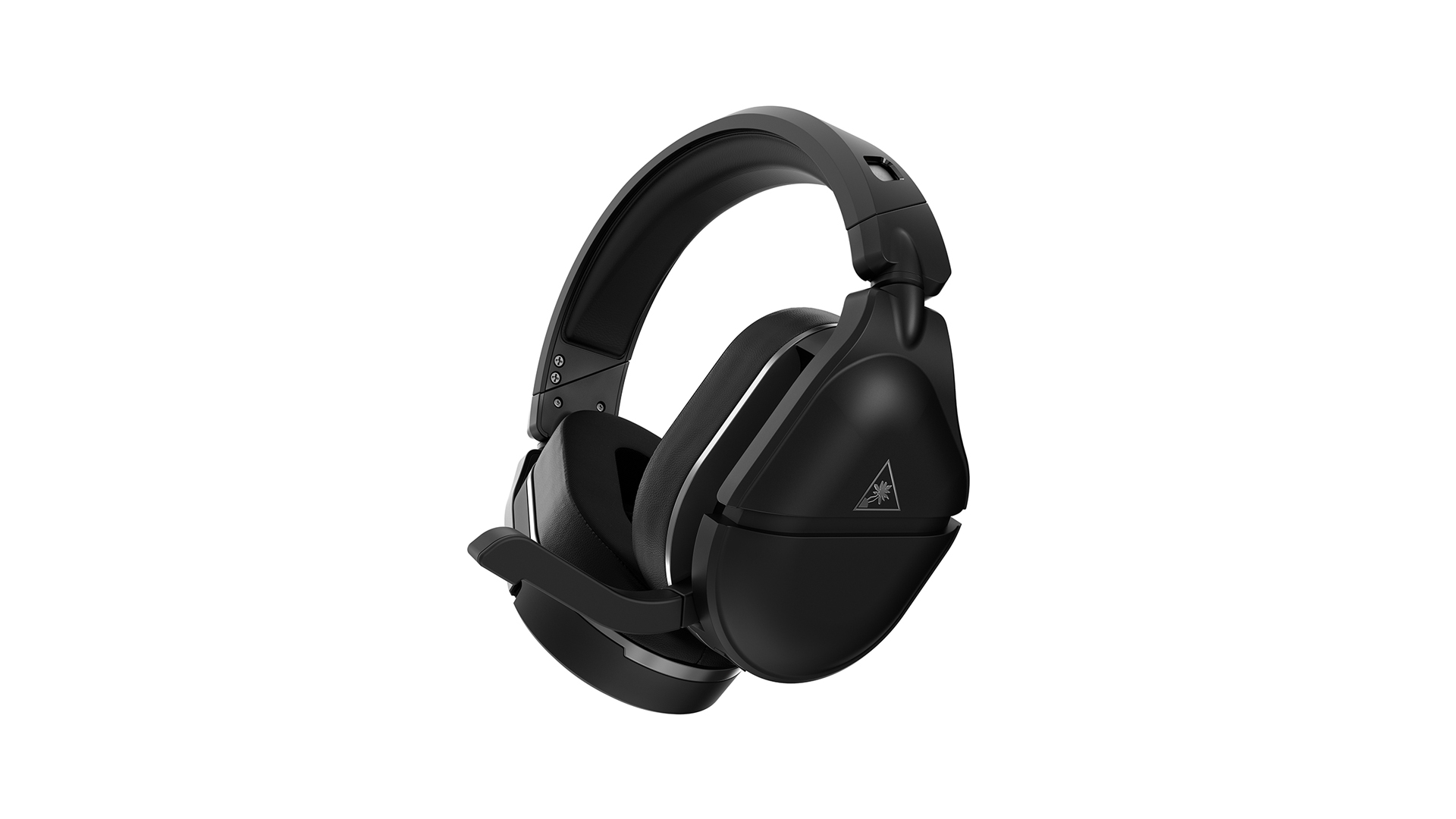
You’re probably not considering the Turtle Beach Stealth 700 Gen 2 primarily for music playback, though, and for gaming it’s certainly possible to ignore the occasional fuzz. There are good things about the sound here, too, such as a weight and depth that the Pulse headset lacks, and that gives voices a nice baritone and explosions a bassier bedrock.
There’s also good directionality to the sound. Whether playing Call of Duty: Black Ops Cold War in proper 3D Audio, or Destiny 2, which somewhat simulates the effect without having official 3D Audio support, there’s a clear sense of where voices and effects are coming from.
But the Stealth 700 Gen 2 sounds less spacious and open than the Pulse, and it struggles to convey distance effectively. You know where a sound is coming from, but it’s hard to tell how far away it is. It’s also rather lacking in terms of punch and dynamics, and that means everything sounds a bit flat and unexciting.
Combined, all of this means the Turtle Beach headset struggles to really transport you into the games you’re playing, both in terms of general atmosphere and full-on action. The Pulse headset is even the better of the two at the bottom end: the Turtle Beach goes deeper, but its bass is also soft and ill-defined, and the Pulse’s significantly punchier and cleaner delivery is altogether more satisfying.
Verdict
Stick to games and listen without a comparison and you may initially think that there’s not much to complain about with the Stealth 700 Gen 2, short of an occasional bit of fuzz to an effect.
Compared to the significantly less expensive PlayStation Pulse headset, though, there’s a clear lack of spaciousness, punch, definition and dynamics, and that makes for a less immersive and less exciting gaming experience. That’s just not good enough at this level. After all, if you’re not playing games to be immersed and excited, what are you playing them for?
SCORES
- Sound 3
- Comfort 4
- Build 4
MORE:
Read our Sony PlayStation Pulse 3D Wireless Headset review
Read our round-up of the Best Gaming Headsets
Read our round-up of the Best Gaming TVs
What Hi-Fi?, founded in 1976, is the world's leading independent guide to buying and owning hi-fi and home entertainment products. Our comprehensive tests help you buy the very best for your money, with our advice sections giving you step-by-step information on how to get even more from your music and movies. Everything is tested by our dedicated team of in-house reviewers in our custom-built test rooms in London, Reading and Bath. Our coveted five-star rating and Awards are recognised all over the world as the ultimate seal of approval, so you can buy with absolute confidence.
-
Pawel I'm bit surprised with the low score on the sound quality.Reply
Did you test it with Windows Sonic enabled? It really sounds bad in this case, but it's more of the software problem than the headset. Can you please retest it in Stereo Mode and Atmos and update your review?
3/5 is really low score for this headset. It's not perfect, but certainly it deserves higher score.
PS. I tested700 Gen2 with Xbox. Can't comment on the PS5 version.
